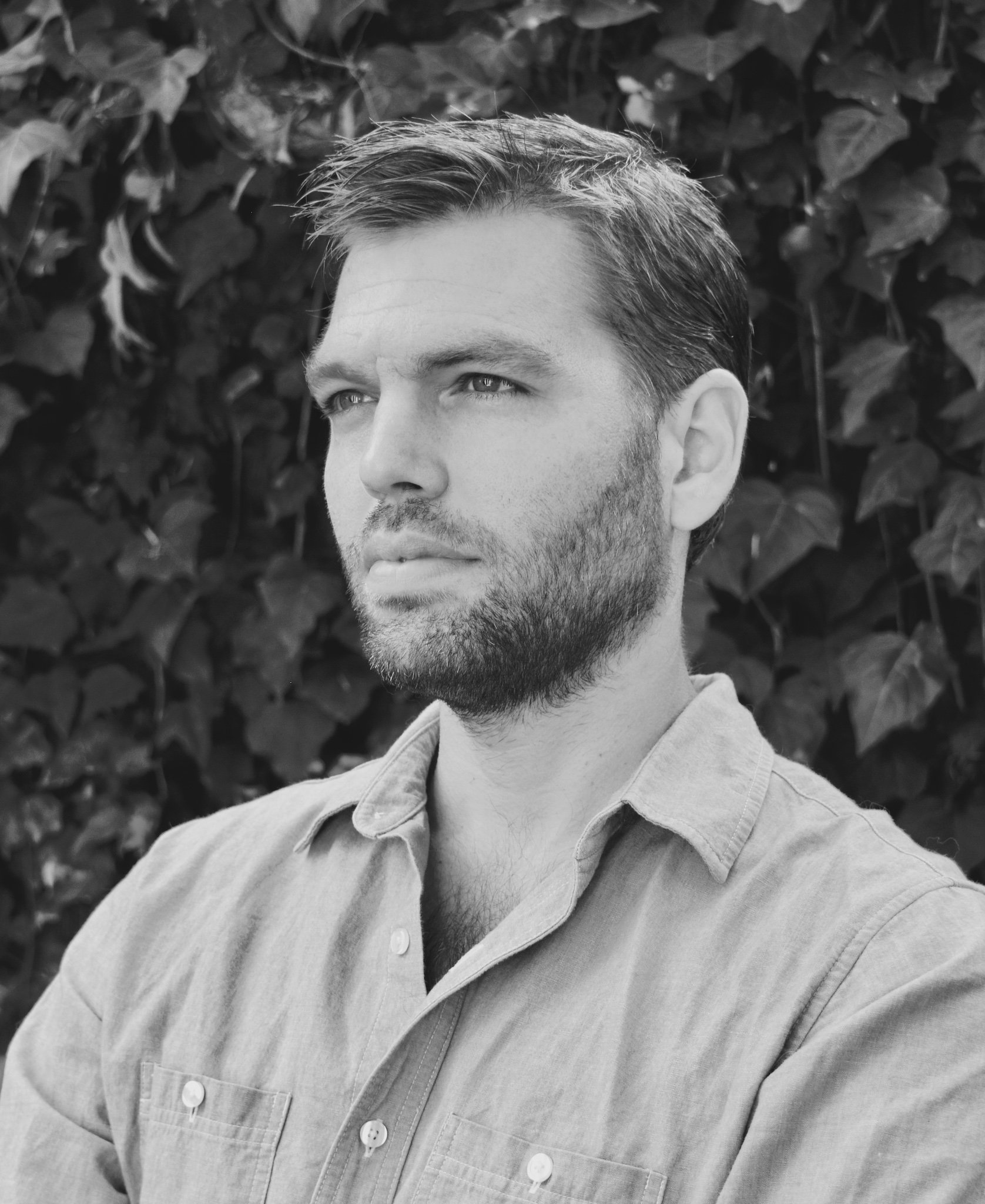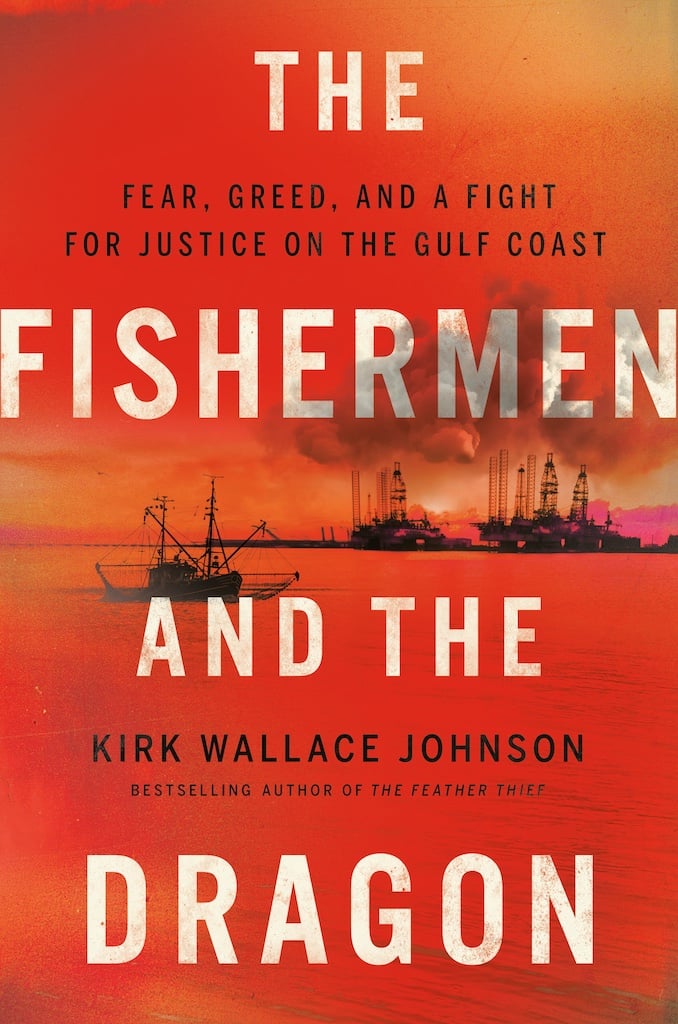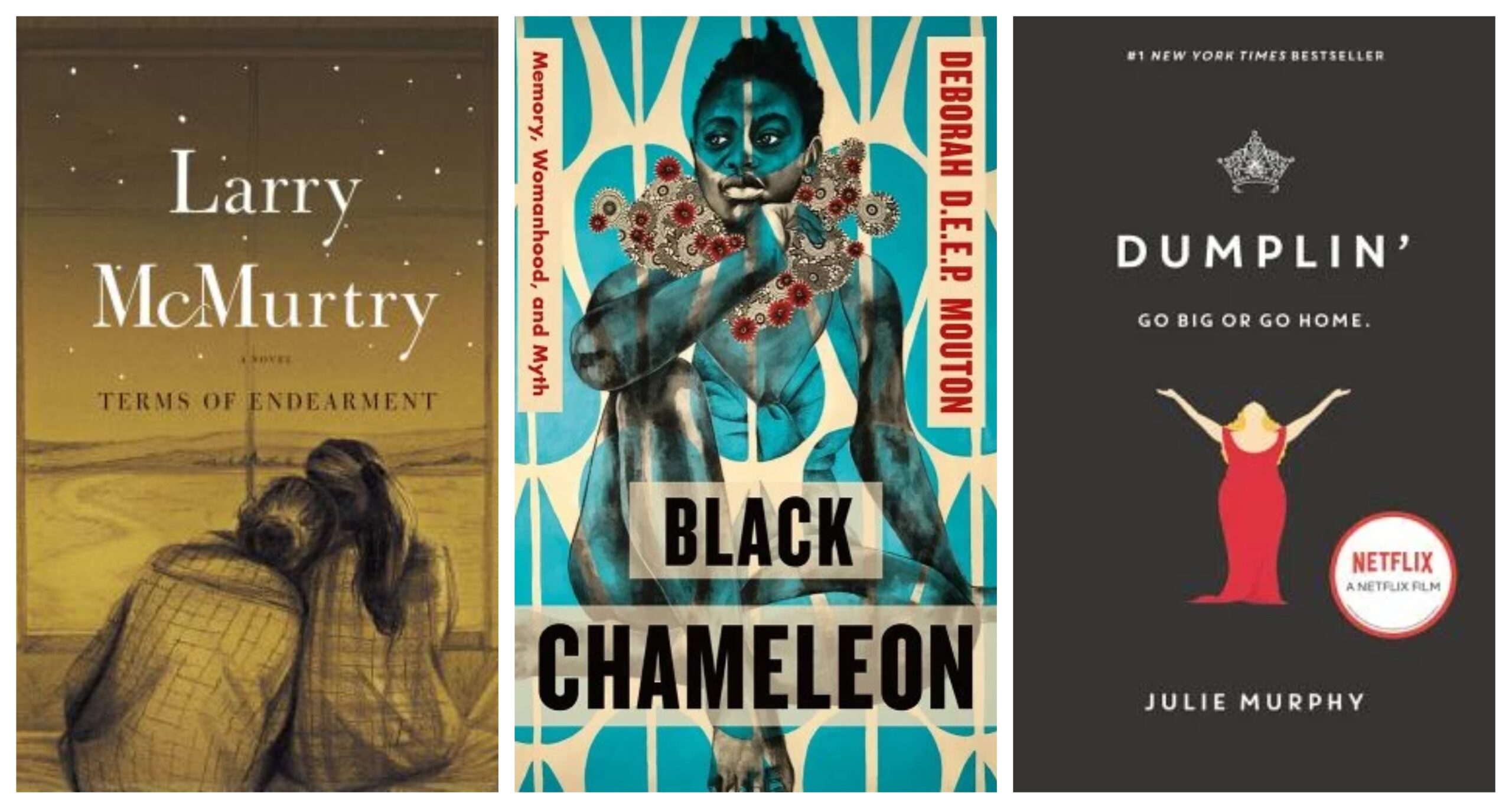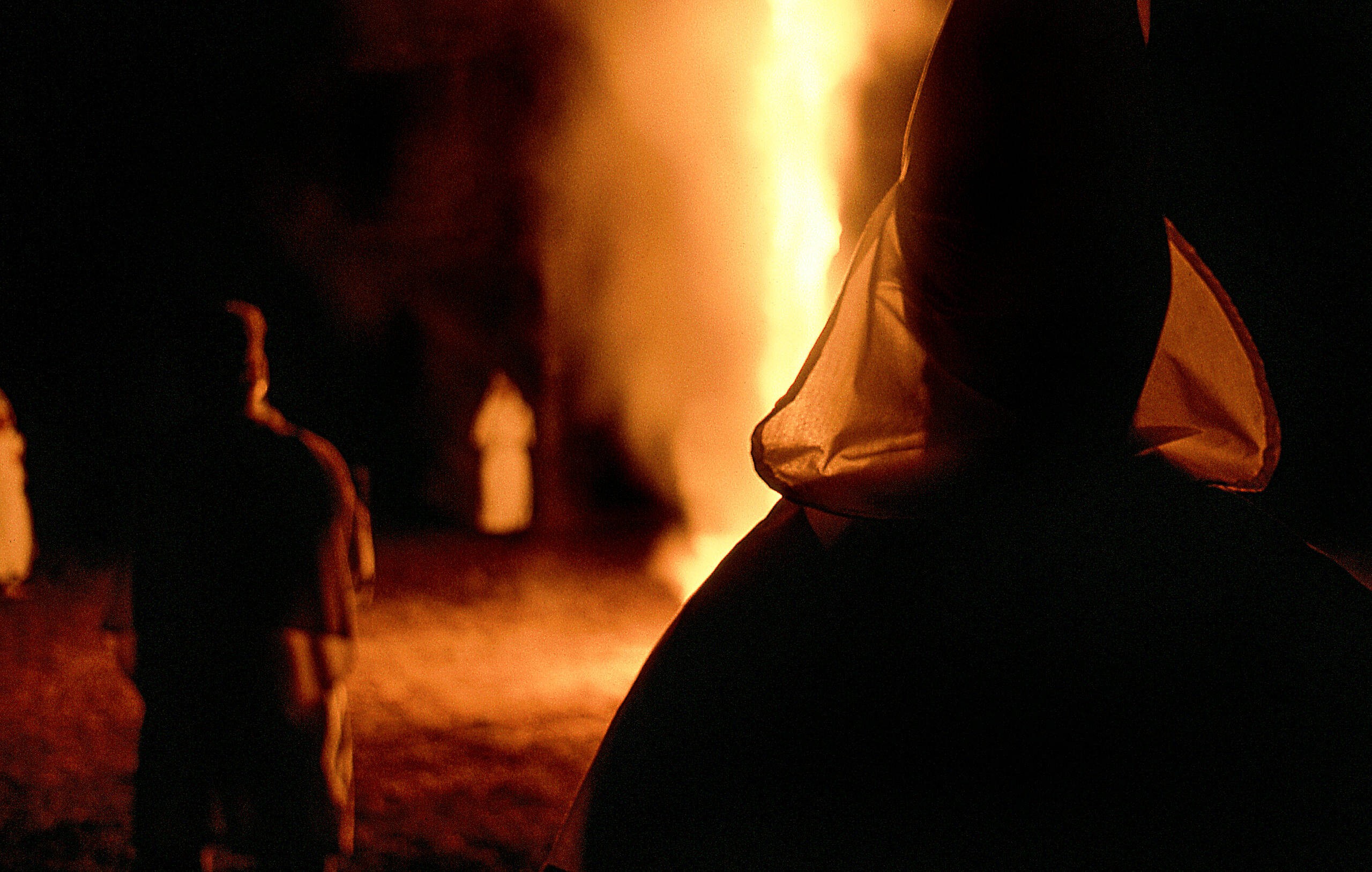
‘The Fishermen and the Dragon’ Uncovers Racist Conflict in Galveston Bay History
A new nonfiction book reveals dark details of a clash between white and Vietnamese shrimpers, corporate polluters, and the KKK in Texas.

A version of this story ran in the July / August 2022 issue.
These days the Kemah Boardwalk is a glitzy, overbuilt amusement park where competing pop songs blare from speakers and the smells of fried fish, children’s sweat, and Houston’s overripe air waft over throngs of visitors. But I have never heard Bruce Springsteen’s “Galveston Bay” played there—a tune that unlocks a shocking secret about this popular tourist trap.
California-based journalist Kirk Wallace Johnson was driving through the Sierra Nevadas in December 2018 to fish in a river when that “Springsteen song came on about a white shrimper planning to kill a Vietnamese refugee in Galveston Bay over turf. It was such a strange premise for a song that it stuck with me,” he writes in an author’s note to his resulting book.
Johnson knew he had a book when he learned the story was true. It’s called The Fishermen and the Dragon and will be released in August. He made trip after trip to Texas before and after the pandemic to persuade players in the conflict to share their secrets.
His book opens with an episode that played out along Kemah’s busy boardwalk. Anyone standing there back in 1981 would have seen the white fishermen and their allies cruising by in the shrimp boat that Johnson describes.
“There was a cannon on the stern. Something was hanging from one of the outriggers,” he writes. The men aboard, all toting rifles, wore the white robes of the Ku Klux Klan. The hanging man was only a dummy, but the boat parade in Kemah was part of a sustained campaign of threats against Vietnamese fishermen that featured firebombs, windows shot out of houses, and cross burnings in backyards.

The underlying themes in Johnson’s book are disturbingly familiar: Fishermen in Texas—then and now—were deeply worried about industrial pollution and about the steep decline of their catch in contaminated waters like Galveston Bay and Lavaca Bay. They distrusted people with different racial and ethnic roots. All feared that there were too many shrimpers and crabbers, white, Vietnamese, and Hispanic, on too many boats, all competing for dwindling resources.
Johnson writes in cinematic scenes—and includes dialogue and sometimes disturbingly racist statements from people like the mayor of Seadrift, where the violent clash began in the 1980s. “They’re so different,’’ the mayor said of the Vietnamese at a press conference described in Johnson’s book. “They’re human beings but … I don’t want to see them pushed around but … I won’t go looking to bring ’em back either.”
Seadrift town leaders ultimately condemned the Klan’s involvement, but the campaign then spread to the waterfront towns on Galveston Bay, then as now the state’s largest recreational fishing grounds.
Back in the early 1980s, Kemah and Seabrook were near NASA’s Johnson Space Center, but also only minutes from an address on Red Bluff Road that served as the Texas hub of the KKK and the base of a Klan leader named Louis Ray Beam Jr. who was training a private army. As part of his research, Johnson reached out to Beam, a Vietnam War vet, who at one time in the 1980s claimed a membership of as many as 5,000 in Texas.
Beam bragged about how he and other robed Klansmen got away with firebombing KPFT, the Pacifica radio affiliate in Houston, in part because many police officers and firefighters took their side. “Beam characterized the campaign of violence and harassment of the Vietnamese as ‘guerilla theater,’ capable of being replicated anywhere,” Johnson writes.
That’s all shocking stuff. But the book gets even more interesting when Johnson delves into the stories of Vietnamese fishermen like the book’s true hero: Colonel Nam Van Nguyen, a war hero and refugee who barely managed to escape the fall of Saigon. Nam, Johnson’s book explains, managed to find his son in a refugee camp in Guam only by chance.
Years later in San Antonio, Nam’s son was shocked when his father announced another move. Nam had heard “there was good money to be made in the shrimping business. Even though he knew nothing about shrimping, he’d bought a fish house with a small bungalow overlooking the bay,” Johnson writes.
And that’s how Nam became head of the Vietnamese Fishermen of Galveston Bay and ended up fighting another battle, one that ended up in U.S. courts.
Johnson conducted many of his own interviews and networked with Vietnamese leaders in Houston to fully tell their side. He also borrows from and credits Tim Tsai, who previously interviewed many other Vietnamese fishermen about these conflicts for his award-winning documentary Seadrift, released in 2019.
“[Louis] Beam characterized the campaign of violence and harassment of the Vietnamese as ‘guerilla theater,’ capable of being replicated anywhere.”
Johnson also relied heavily on insights gleaned from Diane Wilson, a gutsy female shrimper and well-known environmental crusader based in Seadrift. Over decades of activism, Wilson has been arrested, conducted hunger strikes, filed lawsuits, and repeatedly allied herself with Vietnamese fishermen, Houston attorneys, and anyone else willing to fight corporate polluters. Johnson retells some stories Wilson wrote about in her own book, An Unreasonable Woman.
Fascinating pieces of this story were lying around for the taking—in old documents, in memories, in Wilson’s book, and in the 2019 documentary. But Johnson deserves tremendous credit for weaving together so many compelling tales. Some accounts that he includes have as many holes as a fishing net: Some people won’t talk, don’t remember, or are dead. But the personal sagas that Johnson did capture reveal many deep divides that endure in our diverse American society.
This dark chapter in Texas history ultimately forced Vietnamese and open-minded white fishermen like Wilson to reach deep inside themselves. They found courage and forged unexpected alliances with other activists and attorneys, Johnson’s book shows.
Like Wilson, Johnson turns out to be a mender of nets. In this narrative chock full of details, he ably pieces together a tale that teaches us a lot about the struggle that so many Texas fishermen still face, though these days threats come more from climate change than from men in white robes. And, now as it was then, from corporate polluters.
This relevant and revelatory book provides deeper information about truly shocking episodes in coastal Texas history—but also reason to hope.



